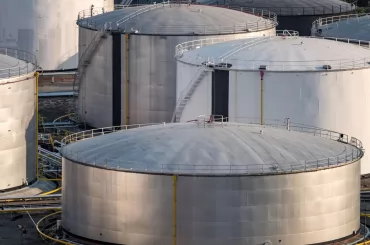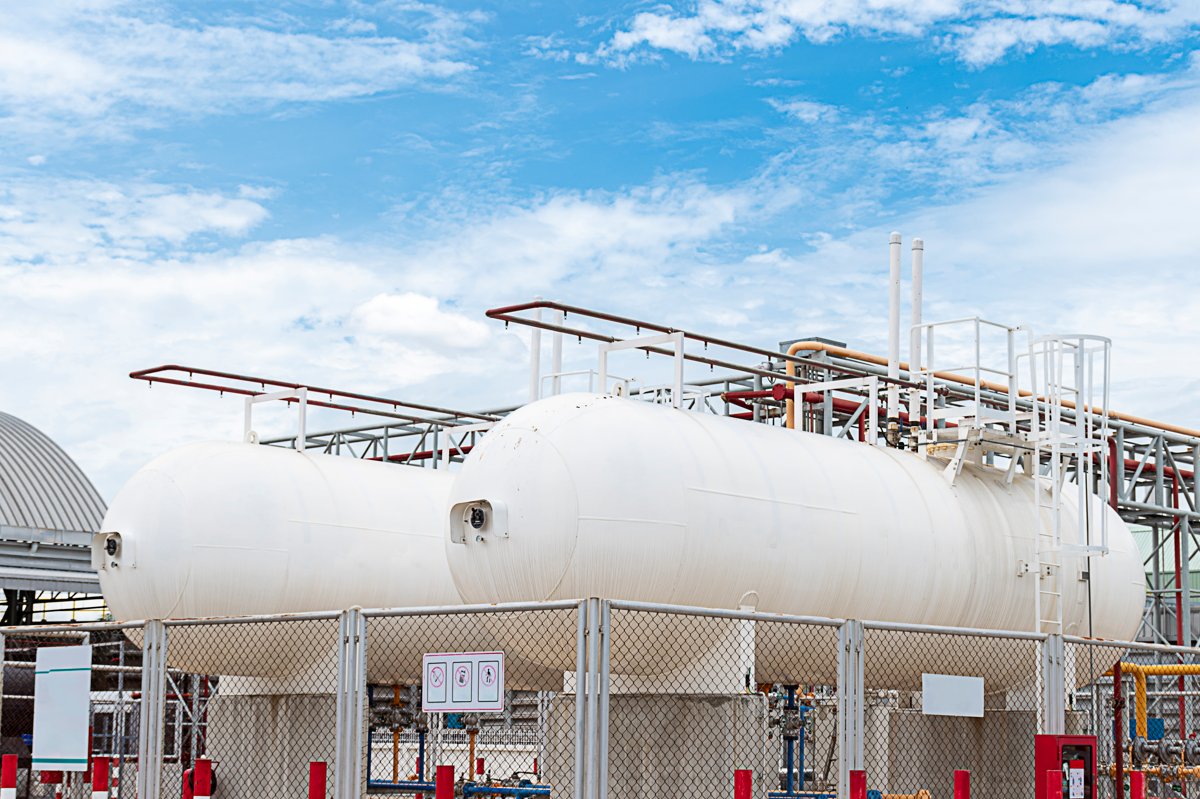The oil and gas industry has various issues when it comes to managing risks connected with equipment operation and maintenance. If the possible hazards in this industry are not addressed appropriately, they might cause serious safety and environmental problems. Risk-Based Inspection (RBI) techniques, such as API 581, offer a structured way to mitigating these risks by focusing on the most important areas.
This not only improves safety, but also simplifies inspection schedules, lowers costs, and extends equipment life. Strengthen your RBI skills with PetroSync’s API 581 course and learn to implement effective, risk-based inspection programs.
What Is API?

The American Petroleum Institute (API) is the leading body in charge of developing standards, recommended practices, and guidelines for the oil and gas sector. API created its organization in 1919 and has since developed over 700 standards. Organizations around the world now recognize and implement these standards, covering everything from operational safety to environmental protection and equipment integrity.
API standard strive to improve efficiency, safety, and sustainability across the sector. Companies across the globe widely respect and adopt API’s standards and certifications to comply with regulatory requirements and maintain high operational standards.
Industry experts periodically review and update these standards to incorporate the latest advancements in technology and practices, ensuring companies can access the most current and effective methods to manage their operations.
What Is API 581?
API 581 is known as the Risk-Based Inspection Technology, is one of the American Petroleum Institute’s recommended practices specifically focused on RBI methodologies. It provides a comprehensive approach for assessing and managing risks associated with fixed equipment in industries such as oil, gas, and petrochemicals.
The major purpose of API 581 is to assist businesses in identifying and prioritizing inspection requirements based on the hazards posed by various equipment. API 581 defines risk as the assessment of two variables: the chance of failure (POF) and the consequence of failure (COF).
POF assesses the likelihood of equipment failure over a given time period, whereas COF investigates the potential consequences for safety, health, environmental sustainability, and company operations. Companies can use API 581 to strategically prioritize equipment and schedule inspections, reducing overall risk.
This method is particularly useful for facilities with a large amount of fixed equipment, such as pressure vessel, pipes, and storage tank. Companies may enhance safety outcomes, save maintenance costs, and boost overall operational efficiency by focusing resources on the most critical assets.
What Is Risk-Based Inspection (RBI)?
Risk-Based Inspection (RBI) is a systematic method of inspecting that focuses on identifying and managing risks. Rather than applying the same inspection frequency and methodology to all equipment, RBI allows firms to concentrate resources where they are most needed.
The RBI process comprises identifying potential risks, analyzing their repercussions, and determining the optimal inspection intervals and mitigation techniques.
An effective RBI program consists of several steps, including:
1. Risk Assessment:
This entails identifying all potential risks associated with the equipment and assessing the likelihood and consequences of failure. Using this information, businesses may evaluate which equipment provides the greatest risk.
2. Inspection Planning:
According to the risk assessment, an inspection strategy is developed to prioritize high-risk equipment. This plan specifies the frequency, kind, and scope of inspections required to mitigate the identified risks.
3. Implementation and Monitoring:
Once the inspection plan is in place, it is implemented in accordance with the schedule. The outcomes of each inspection are documented, and the risk assessment is revised based on fresh data.
4. Continuous Improvement:
RBI is a continual effort. As they gather more information, the team revises the risk assessment and modifies the inspection plan to reflect any changes in equipment condition or operating environment.
RBI is especially useful in the oil and gas industry, where corporations must balance the necessity for safety with the expenses of inspection and maintenance. By focusing on high-risk locations, RBI helps organizations to enhance safety outcomes while reducing maintenance costs.
What Is the API 581 Course?
PetroSync’s API 581 course is meant to give professionals a full understanding of RBI techniques and how to apply them in the workplace. PetroSync’s training covers a wide range of topics, from fundamental principles to advanced approaches, providing participants with the knowledge and abilities required to effectively develop and maintain RBI programs.
Course Highlights:
1. Introduction to API 581 Framework:
The course focuses on how to calculate POF for various types of equipment, taking into account factors such as equipment age, operational conditions, and failure history. Understanding the POF is critical for determining the most important topics to research.
2. Probability of Failure (POF) Analysis:
COF assessments evaluate the possible impact of equipment failure on safety, health, the environment, and business operations. The training teaches participants how to effectively estimate COF and use that information to determine inspection priorities.
3. Consequence of Failure (COF) Analysis:
Using case studies and practical examples, participants will learn how to create and implement an inspection strategy based on risk assessment outcomes. The course also covers ways to optimize inspection schedules and reduce downtime while preserving safety.
4. Inspection Planning and Optimization:
Throughout the course, participants have the opportunity to apply what they’ve learned through exercises and real-world examples. This hands-on approach reinforces essential concepts and prepares participants to implement RBI programs in their own workplaces.
5. Practical Application:
API 581 course equips maintenance, reliability, and safety professionals with essential RBI skills to support effective risk management. Ideal for maintenance, reliability, and safety professionals seeking RBI skills to enhance risk management and equipment reliability.
What Is API Recommended Practice 581?
API Recommended Practice 581 provides a standardized methodology for assessing risk and developing inspection plans based on that assessment. Experts widely regard it as the industry standard for RBI, and companies around the world use it to enhance their risk management programs.
API 581 offers detailed guidance on calculating POF and COF, as well as strategies for optimizing inspection intervals and reducing costs. One of the most significant benefits of API 581 is its flexibility. Engineers can customize the technique to suit the needs of diverse facilities and types of equipment, making it a useful tool in various industries.
Companies who adhere to the API 581 principles can improve safety, decrease unexpected downtime, and boost asset reliability. The publication also contains guidelines for data collection, analysis, and interpretation, ensuring that companies have the necessary knowledge to make informed inspection and maintenance decisions.
Companies that include API 581 into their RBI programs can take a more proactive approach to risk management, resulting in improved safety and operational efficiency.
Enhance Your Skills with PetroSync’s API 581 Course on RBI
Ideal for oil and gas professionals, PetroSync’s API 581 course builds core expertise in risk-based inspection. When you master the principles of API 581, you actively contribute to your organization’s safety and risk management efforts. Whether you’re new to RBI or looking to deepen your existing knowledge, this course offers valuable insights and practical knowledge. Enroll in PetroSync’s API 581 course today and advance your career in Risk-Based Inspection (RBI).

Results-oriented and thorough SEO specialist with extensive experience in conducting keyword research, developing and implementing digital website promotion strategies and plans, managing campaigns to develop company websites in the digital world, excellent knowledge of marketing techniques and principles, and attentive strong attention to detail.







